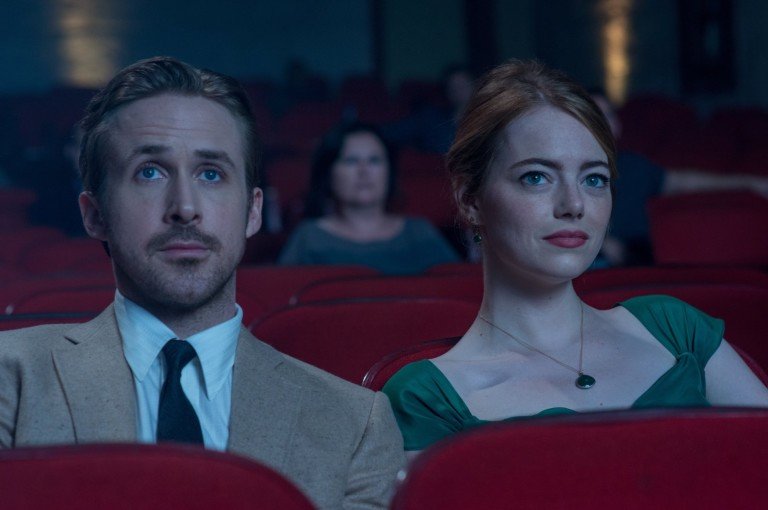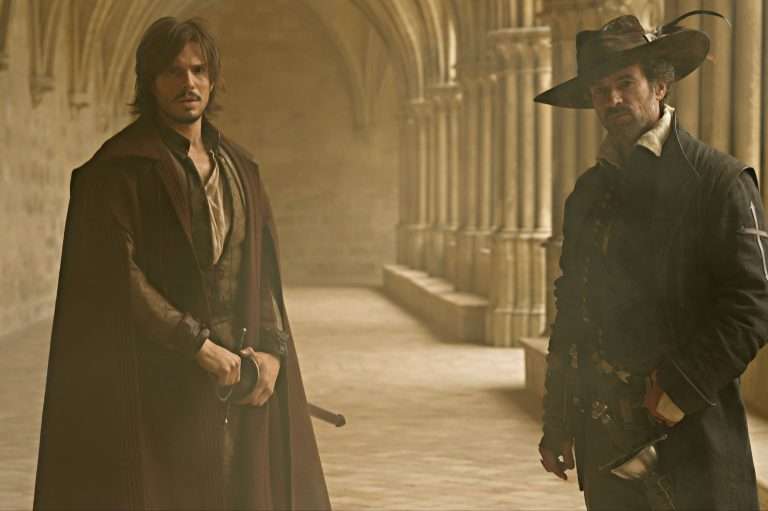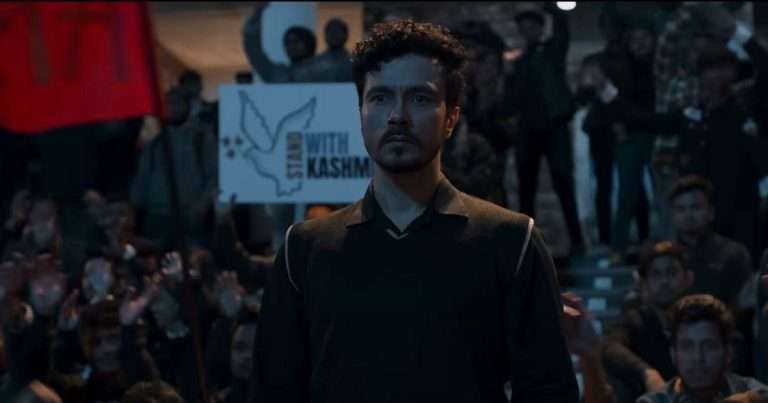“Feed the Idiot Box”
“It’s white people in blackface.”
Believe it or not, Spike Lee’s turn-of-the-century media satire about Black identity and how we’re represented in the entertainment industry, “Bamboozled,” is just as relevant today, if not more so than upon its release nearly twenty-five years ago. Since then, we’ve managed to have a Black president, Kanye West, and Tyler Perry, and Spike Lee himself has made “BlacKkKlansman,” which seems, politically, to exist on the polar opposite side of the spectrum from “Do The Right Thing”; a work of the same provocative spirit which birthed “Bamboozled.” In the film, Damon Wayans stars as a television writer, Pierre Delacroix, who, when faced with the racist beratings and incendiary remarks of his boss Dunwitty (a bit of retroactively satirical casting in Michael Rappaport) at the Television Network, seizes the opportunity to give the metaphorical middle finger to an establishment which craves Black culture while systematically degrading Black people’s existence.
If the plot of “Bamboozled” sounds at all familiar, it’s because it’s not too dissimilar from another satire that tries to wrestle with the intersection of black identity in creative spaces – that film being Cord Jefferson’s “American Fiction,” which won best-adapted screenplay at the 96th Oscars. While more than twenty years separate the two works, both exist as critiques for a society that demands that every black person’s action function as something that’s representative of the entirety of our community.
In “American Fiction,” Jeffrey Wright stars as a professor and author, Thelonius Ellison, nicknamed Monk, of little notoriety who decides to write a caricature novel when he’s faced with the criticism that his work is not black enough. Though “Bamboozled” and “American Fiction” intertwine and diverge in interesting ways, there’s something about Cord Jefferson’s work that feels almost too piquant. Like here, smell that pungent aroma of racism as it invalidates your existence if it doesn’t fit into a very specific stereotypical box, but also, isn’t Jeffrey Wright doing a gruff, tough guy impression across from Adam Brody pretty funny?
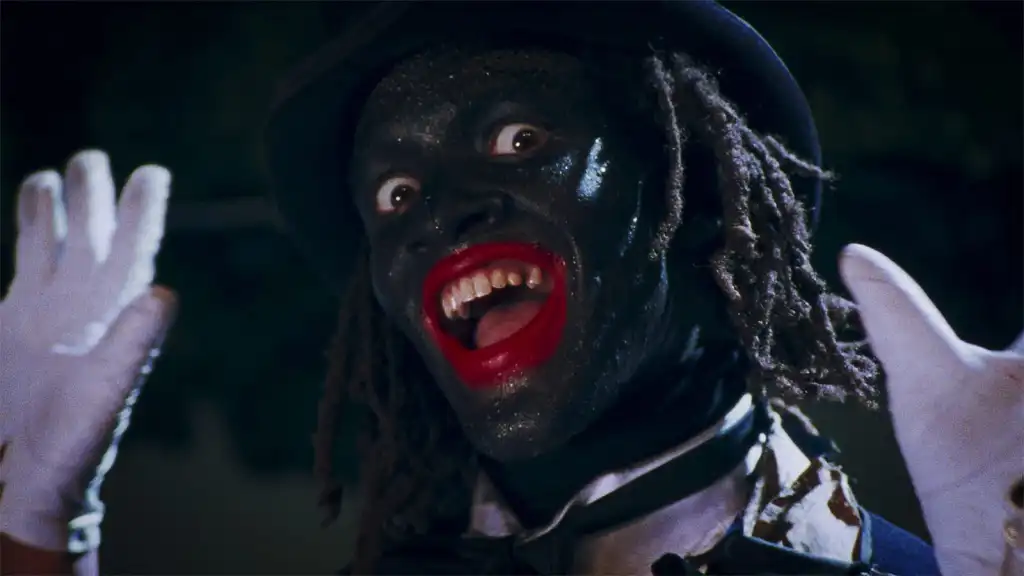
“Bamboozled” also doesn’t miss any chances for the audience to laugh at the absurdity of what’s going on, quite arguably pushing the limits of black comedy, going for something more akin to camp with Damon Wayans’ hilariously pointed performance. Spike Lee has become a seminal visionary in the medium for his singular and unbridled voice, one willing to consistently push the envelope, which satire demands. It’s one thing to name-check Quentin Tarantino through your racist TV executive talking head as he excuses himself for slinging around the n-word. But even more provocative is how Lee’s use of the character (and the narrative more broadly) functions as a larger critique of the success of a filmmaker like Tarantino, who, similar to Michael Rappaport’s Dunwitty, is the white face reaping the profits of parodying (or appropriating) black culture.
The story of these two films can’t be told without discussing the critical success of one versus the divisive response and supposed “failure” of the other. The mixed reception to Spike Lee’s film is baked into its subversive conceit; it’s a film that’s fraught with social conflict, which is sure to raise friction and find pushback across the spectrum of its audience. But rather than flattening the issues it raises and trying to skirt critiques, the film opens itself up to “misinterpretation” or “righteous rejection” by unabashedly following through on its ideas. The same cannot be said of Cord Jefferson’s work, which feels like it wants to have its cake and eat it, too. Nowhere is this better exemplified than in its oddly flat and frictionless Hollywood ending, which does nothing to resolve the conflict at the center of this satire.
Though on the surface, both stories seemingly have the same critical and thematic aims, there’s a sharp contrast between them that unveils a deeper-rooted ideological opposition. While “American Fiction” might purport that its critiques are directed at the publishing industry, or Hollywood, or the entertainment industries writ large, the actual face on the receiving end of its critiques is an advantageous black woman. Though there is a slew of peripheral white characters, authors, and publicists, who are the driving force behind the success of Monk’s ridiculous book, titled “My Pafology,” before being changed to “F*ck.” The actual ire of the film (the inspiration for Monk’s novel) is specifically directed at Sintara Goldening, played by Issa Rae.
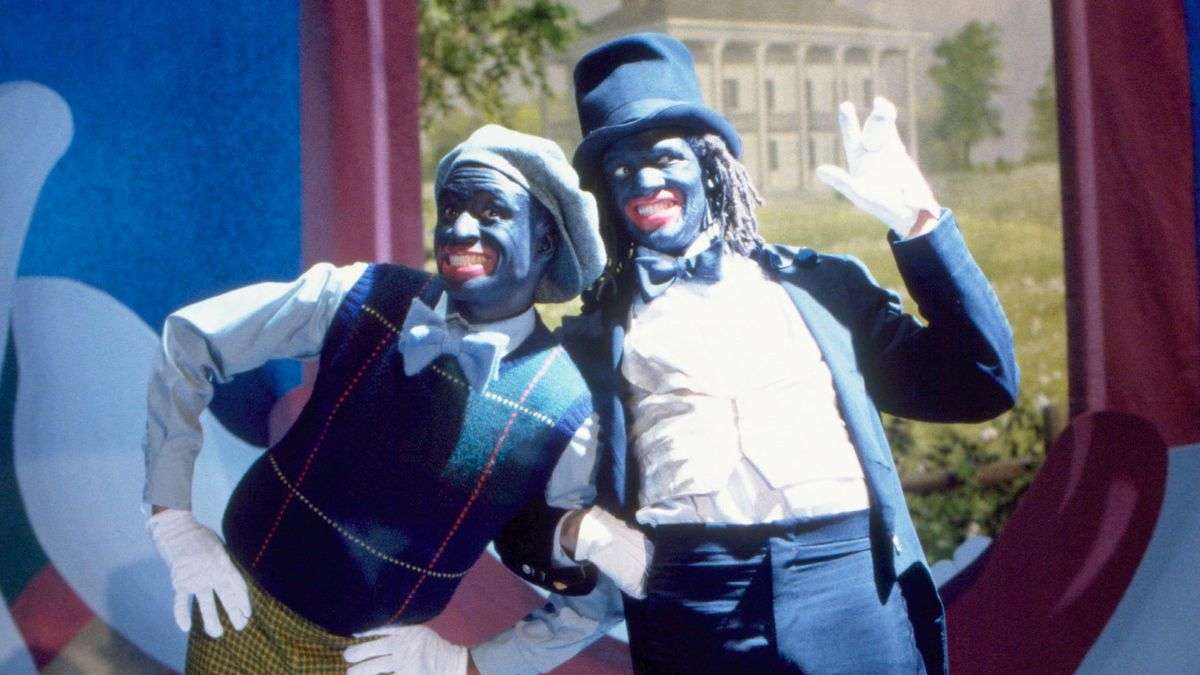
“Bamboozled” itself is a controversial work because at the center of the film are black actors starring in a show wearing blackface. The images of African Americans with their faces painted black performing minstrel shows have a deep history woven into the medium of film and are more than just provocative but understandably offensive. As an unparalleled cinematic voice, someone who will undoubtedly be considered one of the greatest directors the medium has ever seen, Spike Lee comes to these images bearing all the burdens of someone who understands the history of dehumanization behind the racist images he evokes.
Whether or not it seems graceful, Lee reimagines the minstrel show in a fashion that can only be done in the cinematic medium, and thus he revives their symbolic meaning: the African American meant to perform their Blackness to an audience of cheering fans who excitedly want to partake in this performance.
While “American Fiction” tries to add gradations to the black experience with its focus on the troubles of an upper-middle-class Black family in Boston, the characters it focuses on elucidate something further about its cinematic intentions. When director Cord Jefferson gave his speech backstage at the Oscars vying for “a diversity of representation,” making reference to black people “existing on more than just plantations and as gangsters in projects,” it did a lot to contextualize what you see and don’t see in his film.
While arguing for something more diverse, he explains the exclusionary aspect of the black experience depicted in his work. The ideology that informs his perspective about what constitutes diversity is the same one that would deem a film like “Bamboozled” too transgressive. It would say the images of Black people performing minstrel shows in the 21st century are too retrograde and problematic. What it misses is the larger allegory of Spike Lee’s “Bamboozled,” at which point it begins to make sense why someone would make a film openly admitting to being a sellout.


